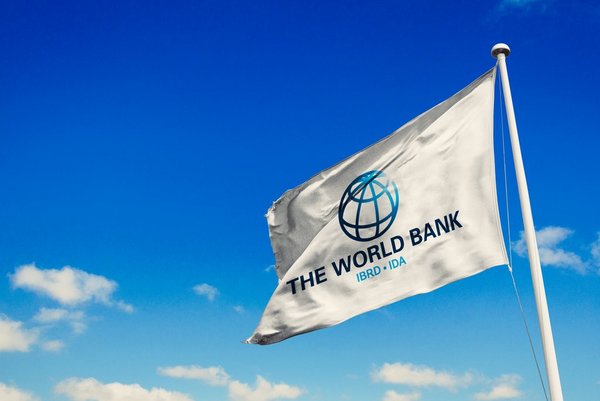 Read this article in French
Read this article in French- Share this article
- Subscribe to our newsletter
World Bank reform: More investments in climate action
The shareholders of the World Bank have agreed at their Annual Meeting in Marrakech in October 2023 on an ambitious reform that will lead to more investments in climate action and other global development goals.
At the World Bank Annual Meeting one year ago, the Development Minister Svenja Schulze, as the Governor for Germany in the World Bank Group together with other shareholders, had called on the Management of the World Bank to draw up a reform aimed at making the Bank better able to support developing countries in dealing with global challenges like climate change. Afterwards, the World Bank gradually prepared a package of reforms over the last few months that was adopted at the meeting of the World Bank governors.
A reform package comprising three main elements
First, a new guiding vision. The World Bank is now working for a “world free of poverty on a liveable planet”. This means that the global dimension of, for example, protecting vital natural resources is now a fundamental task for the Bank.
Second, adapting the Bank’s business model in line with this new guiding vision. New incentives will be put in place in order to foster investments in climate action and environmental protection, peacekeeping and pandemic prevention. This is meant to make it pay more in future for countries to also invest in projects that are not just for their own benefit – for example, protecting rainforests or preventing pandemics. Such incentives can be provided by offering cheaper credit, through concessional terms and conditions, or via loans with longer tenors. The target group here is, in particular, middle-income countries that are especially vulnerable to climate change or other external shocks, for example small island states. The reform also includes the possibility of putting climate-resilient debt clauses in loan agreements. If a country is hit by a natural disaster, it will be allowed to temporarily suspend its debt repayments during the crisis. This means it will have the financial space at that moment to fund its response. The World Bank will now begin piloting this option for small states that are particularly affected by climate change.
Third, more funding. Besides building a “better bank” that is more able to address global challenges, the reform also has the aim of mobilising more funds for tackling global crises with a “bigger bank”. Germany is supporting this part of the reform as a trailblazer: it will be the first country to provide 305 million euros of “hybrid capital”. This means that, over the next ten years, the World Bank will be able to mobilise an additional 2.4 billion euros and expand its investments to include fighting global challenges. The Bank has also taken other steps as part of the reform. One example is that the mandatory equity-to-loan ratio of 20 per cent has been lowered to 19 per cent. Over the next ten years, an additional volume of more than 50 billion US dollars can be mobilised with these measures.
The World Bank has an important role to play in tackling global crises. With its financial capacity so far of around 100 billion US dollars a year, it can play a crucial role in driving forward the investments needed for the social-ecological transformation of the global economy.
Discussions on debt relief needed
United Nations Development Programme (UNDP) Administrator Achim Steiner welcomed positive momentum towards multilateral bank reform, but he urged bigger, broader investment to tackle poverty and protect the planet.
“We welcome reform of multilateral development banks under new leadership, but the twin crises of poverty and climate demand significantly more. What is still missing is a broader and urgent discussion around restructuring debt, attracting private capital, and stimulating domestic resource mobilization – each of which is larger in scale than financing from development banks alone,” Steiner said.
(BMZ/UNDP/ile)
More information:





Add a comment
Comments :